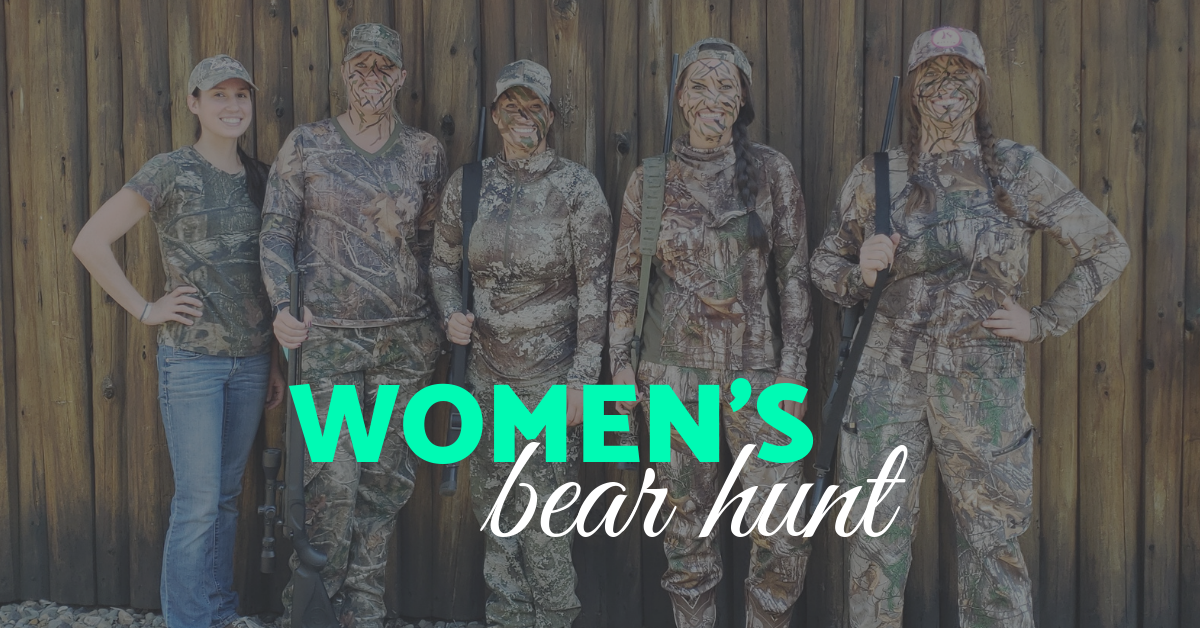By: M. Ashley Evans
Caliber Differences
Two of the most common calibers of ammunition for concealed carry guns are 9mm and .380.
Side by side, they look a lot alike. They both are the same diameter but 9mm is just a little longer. But which one is better? That is up to debate, and there are a few other factors to consider.
The .380 ACP is also known as a 9mm Browning. It was first introduced by Colt in 1908 as a self-defense round - hence ACP for Automatic Colt Pistol. Its also called 9mmX17, 9mm Short, etc. It is rimless, straight walled, and designed to have less felt recoil. The .380 can hold a maximum of 5.3 grains (that’s grains of water, which is a more accurate measurement than solid grains). Its velocity is 1050 FPS and a penetration depth of about 9 inches.
In contrast, the 9mm is known as 9mmX19 Parrabellum. It was introduced in 1902 by DWM, a German weapons manufacturer. It was designed for their Luger pistol for the military. The most popular weight is 124 grains, but there are several weight variations available. It can hold a maximum of 10 grains of water. It is rimless and tapered. The 9mm has a velocity of 950-1400 FPS and a penetration of around 13 inches.
The 9mm doesn’t penetrate much more than the .380, because the extra energy causes it to expand a bit more - which slows it down considerably. That expansion causes a lot of tissue damage, and that helps to stop the attacker. This isn’t to say that the .380 isn’t a qualified candidate - the differences between the .380 and the 9 are extremely small compared to the differences between a .380 and a .32.
Here is an excerpt from a great article found here (https://www.nrafamily.org/articles/2017/5/23/which-is-better-for-ccw-9mm-or-380/)
”(About the .380) A typical load carries roughly 3 grains of powder that propels a 95-grain bullet at 845 fps to produce 151 ft.-lbs. of energy from a 2.75-inch barrel. It produces about 2.76 ft.-lbs. recoil energy from a 1-pound firearm… A typical 9mm Luger load contains about 6 grains of powder used to propel a 115-grain bullet to 1,000 feet per second (fps) out of a 2.75-inch barrel. (Velocities increase along with barrel length.) This produces approximately 255 ft.-lbs. energy while generating 5.36 ft.-lbs. of recoil energy from a pistol weighing 1 pound….
“While 255 ft.-lbs. of bullet energy from the muzzle of a 9mm Luger is not a lot in the firearm world—consider that an average .30-06 deer rifle produces around 2,500 ft.-lbs. energy—a 9mm’s energy is far greater than a .22 LR’s piddly 105 ft.-lbs. and many other smaller calibers. It has about 68 percent more energy than the .380 Auto.”
So while the 9mm does have a lot more power, the .380 has 94% less felt recoil when fired from a gun of equal weight. That makes it a lot easier to accurately shoot multiple rounds. But 9mm guns are typically a little larger and heavier than .380 guns, and the extra weight helps to reduce the felt recoil. So when choosing a concealed carry gun there are a few steps to consider:
- Make sure it fits in your hand well
- Be sure you will be able to conceal it properly
- If it comes in multiple calibers, choose the largest one that you can rapidly fire with accuracy.
Gun Choices
1. Kimber Micro

This is one of my favorite carry guns. Its overall length is only 6.1” and it has a height of 4.01”. So while it doesn’t fit into my jeans pocket, it is extremely easy to conceal in a holster. It is definitely one of the easiest 9mm to conceal in my opinion.
The Kimber Micro 9 comes in several variations. I like the stainless one. It has a weight of about 15.6 ounces unloaded. The 1911 style frame and the heft of this pistol are definitely something required - a +P round of 9mm can have a pretty steep felt recoil. But it was absolutely manageable with this gun. It isn’t my first go-to for a fun time on the range, but I can put a lot of rounds through it without any trouble.
The Kimber Micro 9’s dovetailed, dotted sights are fantastic. Its single action trigger is crisp and clean and will break between 5-6 lbs. To safely clear a malfunction, you can still engage the safety and then pull the slide back. It can hold 6+1 and there is an optional magazine extension available. While Kimber can be a little finicky about ammo, I have not noticed any problems with this one.
2. Sig P938

This Sig and the Kimber Micro 9 are often considered the best of the mini-1911’s. The 938 looks just like a slightly larger 238.
The night sights are very nice - but there is not as much light on either side of the front sight as I prefer, but that may be because I have short arms. This too holds 6+1 unless you buy the extended magazine plate. The trigger reset is much better than many other 9mm’s and is about 7.5 lbs.
The Sig P938 weighs 16 oz unloaded. It is 5.9” long and 3.9” tall. It is almost identical to the Kimber Micro 9, just a TINY bit shorter. Sig uses a Nitron coating which helps to prevent the moisture from your skin from rusting it. All in all, it is a beautiful little gun that would make an excellent carry weapon.
3. Springfield EMP

This is probably one of the most enjoyable guns I have ever shot. The frame is a forged aluminum alloy and the slide is forged stainless. It is heavier than the other 9mm’s mentioned so far - weighing in at 27 oz. The EMP 9 is 6.6” long and 5” tall. The 3 dot Tritium sights as standard make for very easy target sighting.
The EMP (Enhanced Micro Pistol) is the smallest TRUE 1911 created so far. From barrel bushings to the trigger traveling straight back and even the back strap safety - its a 1911 through and through. Everything has just been scaled down to fit the 9mm. It is a beautiful gun - the Cocobolo grips, satin finish steel slide. The trigger is very clean and only about 3.5 lbs. This gun is a bit pricier than the other two options.
The earlier models (until 2009) were prone to failure to feed problems, but all of this has been resolved. I have read a lot of reviews from people who were not very happy with it - and each review is by a man who said that the gun felt a little small. It all goes back to how the gun fits in your hand. The EMP is my first go to for a fun day at the range and definitely what I reach for when competing.
4. Dan Wesson Valkyrie

This is a gun that I can’t wait to get ahold of but have done a lot of research on. It is absolutely on my must-have list. Its price is a little more than the Springfield EMP, but everyone who has shot one that I’ve talked to says that it is worth every penny.
The Valkyrie is top quality and every part is tight fitting, which makes for some very accurate shooting. A lot of people are crazy about the finish - but the Duty Finish actually something that I’m not extremely crazy about the looks of. However, I do love the concept for a conceal carry weapon. Moisture will rust a gun extremely quickly - so a ceramic coating that will do a great job in protecting the gun from the moisture and salt in your skin is the way to go.
The Valkyrie is 8 inches long and 5 inches tall. It weighs 28 ounces unloaded. It is a little longer than the EMP, so as a short woman I would probably open carry or use a Can Can holster around my waist as opposed to an IWB holster. The trigger is shorter than a lot of other guns of this size - which is why my small hands fit around it so well. The trigger is light, at about 4 lbs. The Tritium night sights are a little different than what is on the other guns listed. These are a stacked two dot system - you line up the dots to form a figure 8. If you’ve never shot a gun with those type of sights, takes a little getting used to, but it is really great for low light situations.

Browning Concealed Carry Purse
Post a comment
Thank you
Your post has been submitted and will be published once it has been approved.
OOPS!
Something went wrong and your post has note been submited. Please try again.









Comments (0)
Be the first to comment.